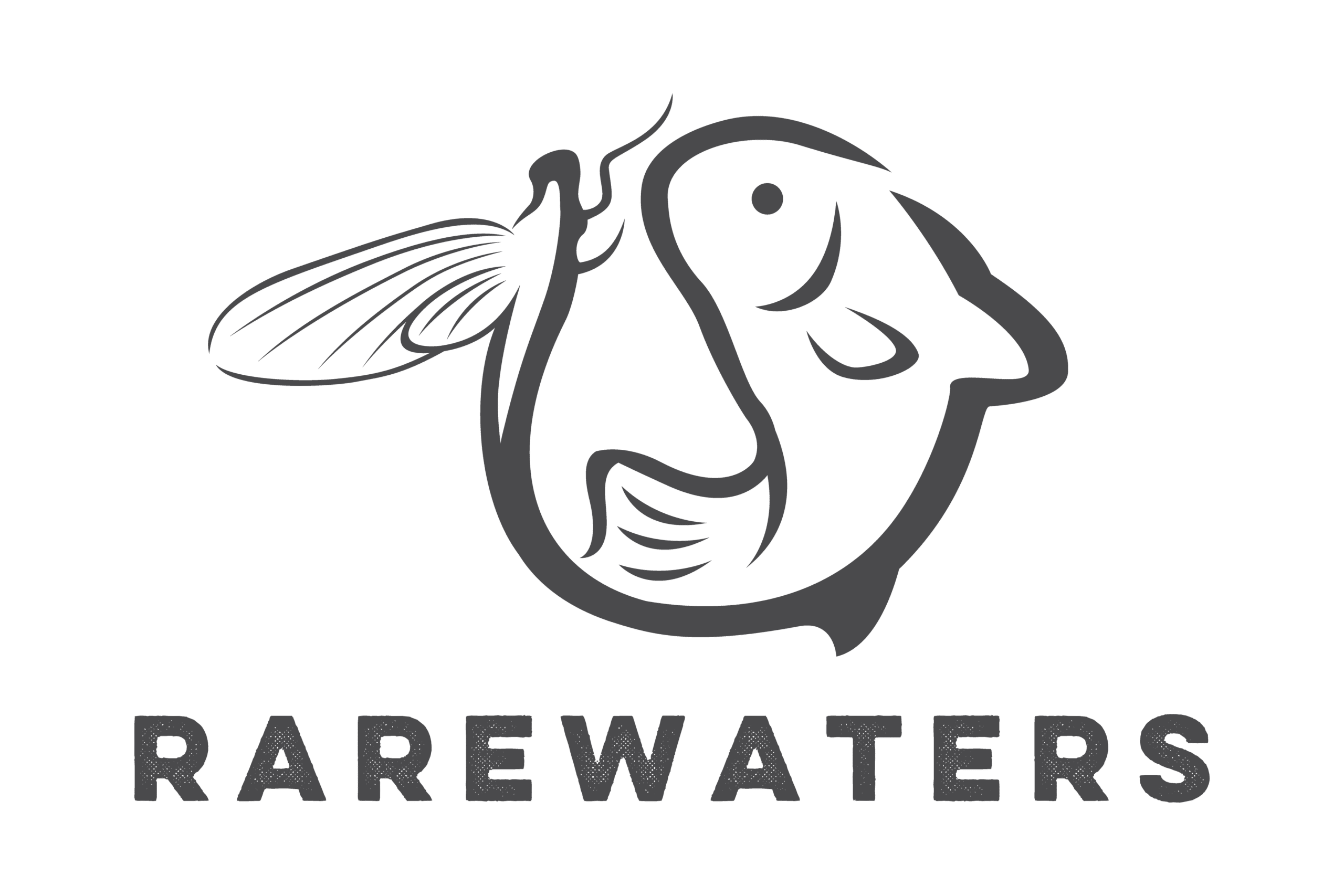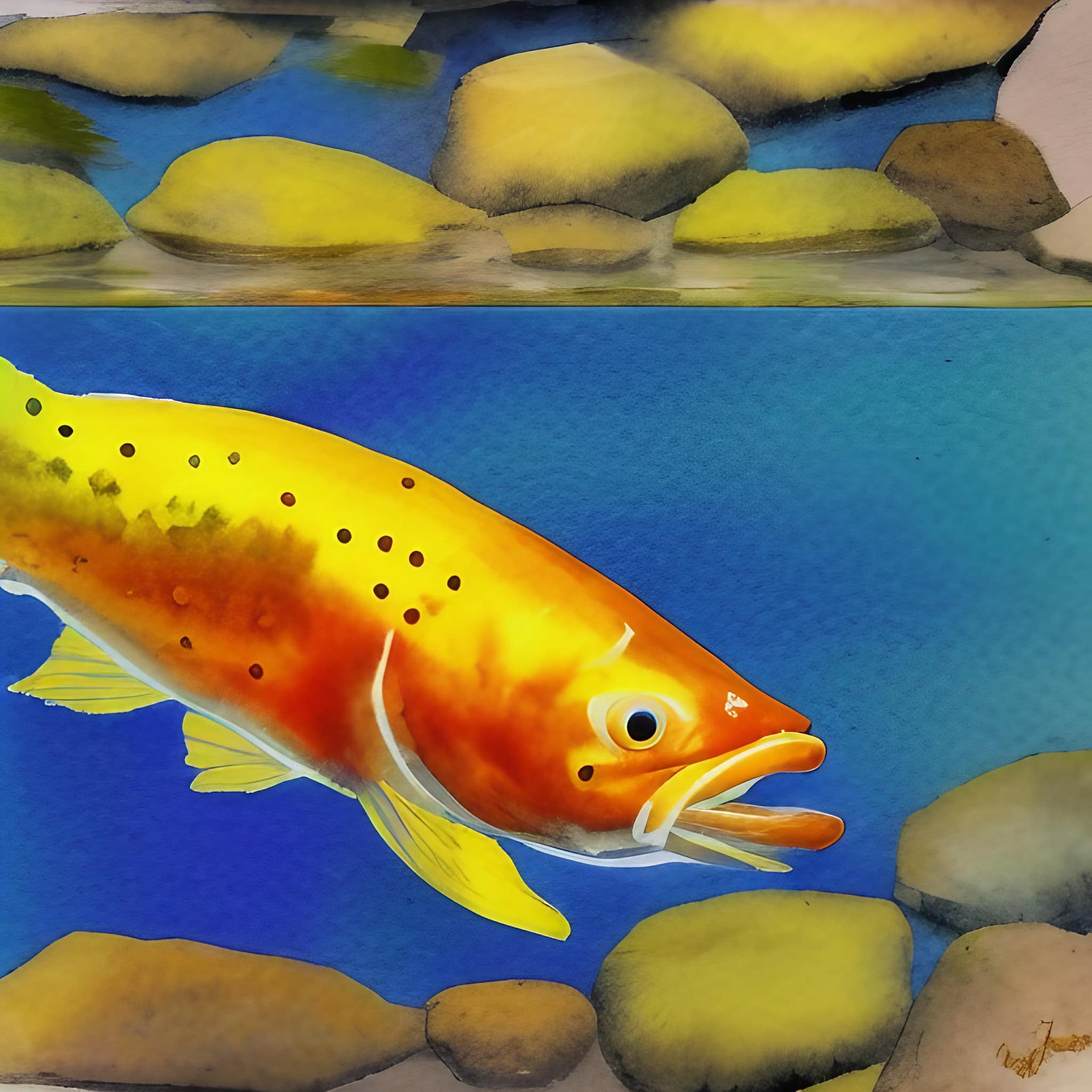Golden Trout Classification
Golden trout (Oncorhynchus aguabonita) is a species of freshwater fish native to California, United States. It is a member of the salmonidae family, which also includes salmon and steelhead. Golden trout are closely related to rainbow trout and are often referred to as “golden rainbow trout”.
Golden trout have a golden yellow color on their sides and back, with a distinctive reddish-orange stripe running down their sides. They have black spots on their backs and upper sides, and their undersides are white. Golden trout can grow up to 18 inches in length and weigh up to 3 pounds.
Golden Trout Feeding Habits and Habitat
Golden trout are native to the high Sierra Nevada mountains in California, where they inhabit clear, cold streams and lakes at elevations of 7,500 to 10,500 feet. They are adapted to cold water environments and require water temperatures of 50-60 degrees Fahrenheit to survive.
Golden trout are opportunistic feeders and will eat a variety of insects, crustaceans, and small fish. In their native habitat, they primarily feed on insects, including mayflies, caddisflies, and stoneflies. During the spring and summer months, golden trout may be found feeding near the surface on hatching insects. In the fall and winter, they may move to deeper water and feed on midge larvae and other subsurface insects.
Targeting Golden Trout
Golden trout are generally considered difficult to catch due to their elusive nature and preference for clear, cold water. However, fly fishing can be an effective method for targeting golden trout. Dry flies, nymphs, and streamers can all be effective for catching golden trout. It is important to match the type of fly to the type of insect hatches that are occurring in the water. For example, during mayfly hatches, a light-colored mayfly imitation such as a Adams dry fly or a pale evening dun nymph can be effective for catching golden trout. During caddisfly hatches, a caddis pupa imitation such as a Elk Hair Caddis or a beadhead caddis pupa can be effective. And during stonefly hatches, a stonefly nymph imitation such as a Rubberlegs or a Bitch Creek nymph can be effective.
In addition to imitating the insects that golden trout are feeding on, it can also be effective to use streamer patterns to mimic small fish. Woolly buggers, sculpin imitations, and minnow patterns can be effective for catching golden trout.
When fly fishing for golden trout, it is important to use a light tippet (4-6X) and to approach the water quietly and stealthily. Golden trout are easily spooked, so it is important to cast accurately and to use a long, gentle leader. A stealthy approach and a long, gentle leader will allow the fly to drift naturally and entice the golden trout to bite.
In conclusion, golden trout are a beautiful and challenging species of fish to catch. They are native to the high Sierra Nevada mountains in California and prefer clear, cold streams and lakes. Fly fishing with dry flies, nymphs, and streamers can be effective for catching golden trout, and it is important to match the fly to the type of insect hatches that are occurring in the water. Using a light tippet and approaching the water quietly and stealthily will also increase the chances of catching golden trout.








